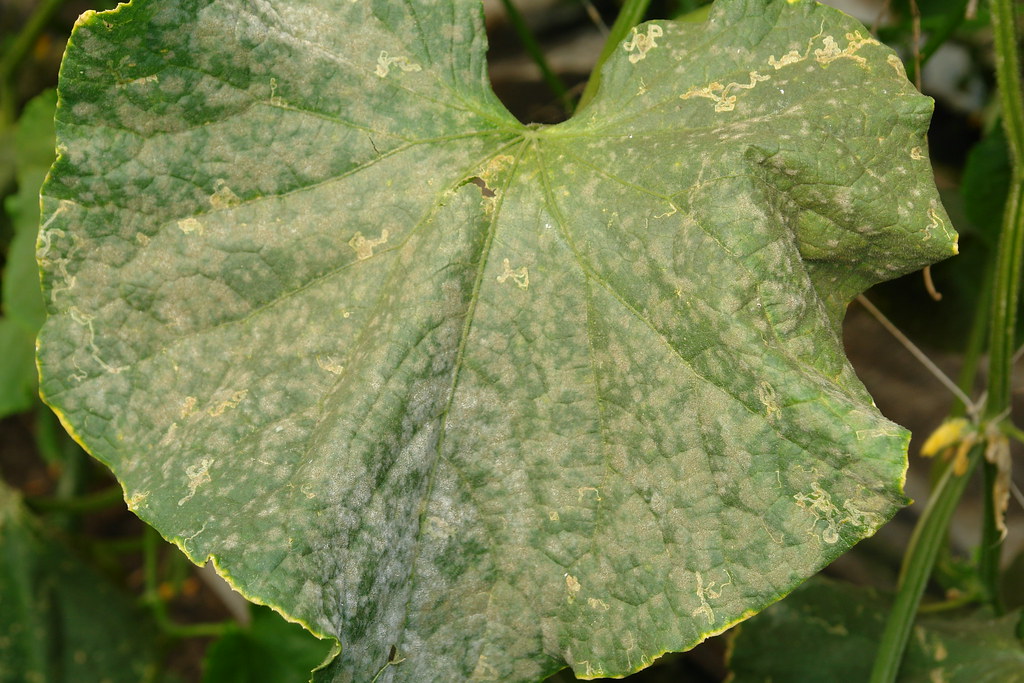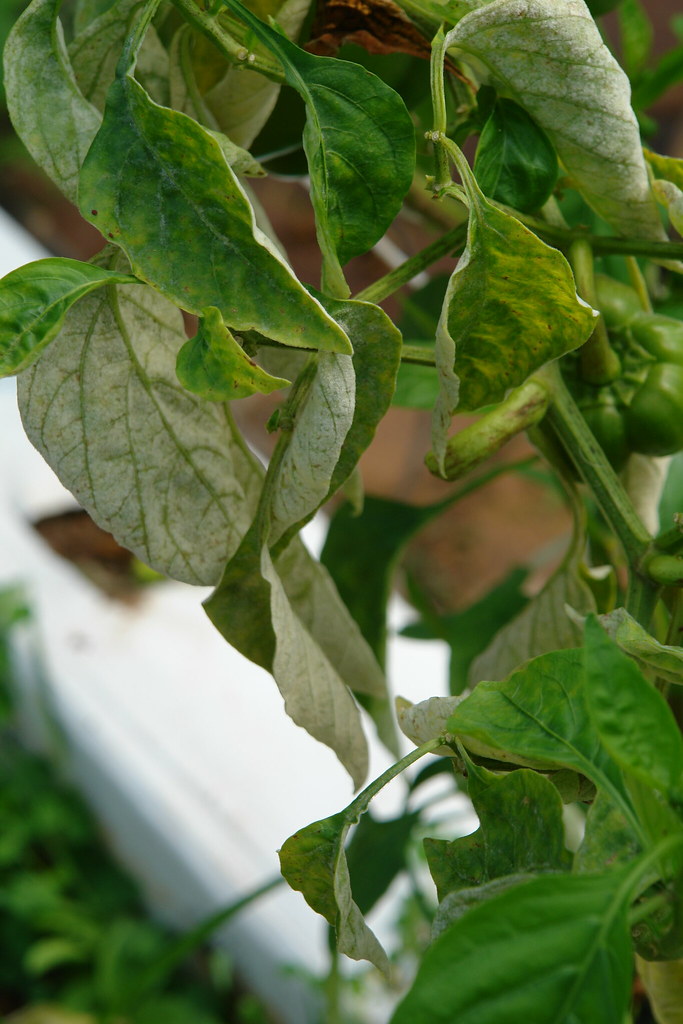Does your plant look sad? Is it wilting, maybe looking slightly crusty on the leaves? Your plant may be suffering from what we would like to call “Lack of humidity” Don’t let this alarm you. There is no need to call a doctor, or even a therapist.
Low humidity can be a simple fix, that may not require you watering your plant more (which may actually hurt it). Stop overwatering your plants people.
But what if I don’t know all of the signs of low humidity for plants? One may ask…
Signs of low humidity in plants:
- Brown tip/ Curling edges on leaves.
- Leaves looking like they are drying out in general
- Wilted look
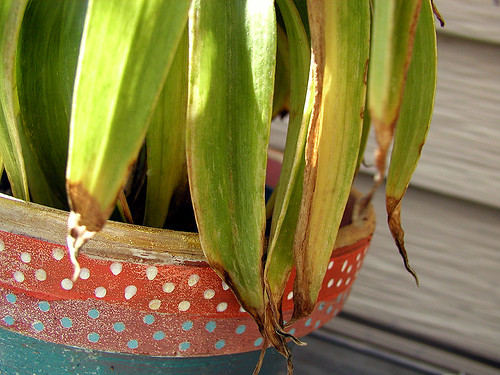
Note: that sometimes it is hard to tell whether your plant is under watered or doesn’t have enough humidity. In my opinion increasing it’s humidity first and then seeing the reaction is better. Rather than over watering, which may do more harm if you are wrong about what the issue is.
What you can do for humidity problems:
Humidity Tray

Misting Bottle
These are pretty simple in what they do, some have pebbles some don’t.
Personally I prefer ones with pebbles, this is because it can prevent root rot by keeping water slightly away from the roots if they start coming out of the pot.
These are normally cheap, and easy to get ahold of. Using them as a first step in trying to fix your humidity issue may be a good first choice rather than going with the more expensive options.
Please note, that unglazed clay pots typically suck moisture out of the soil faster than other options. Please take note of that.
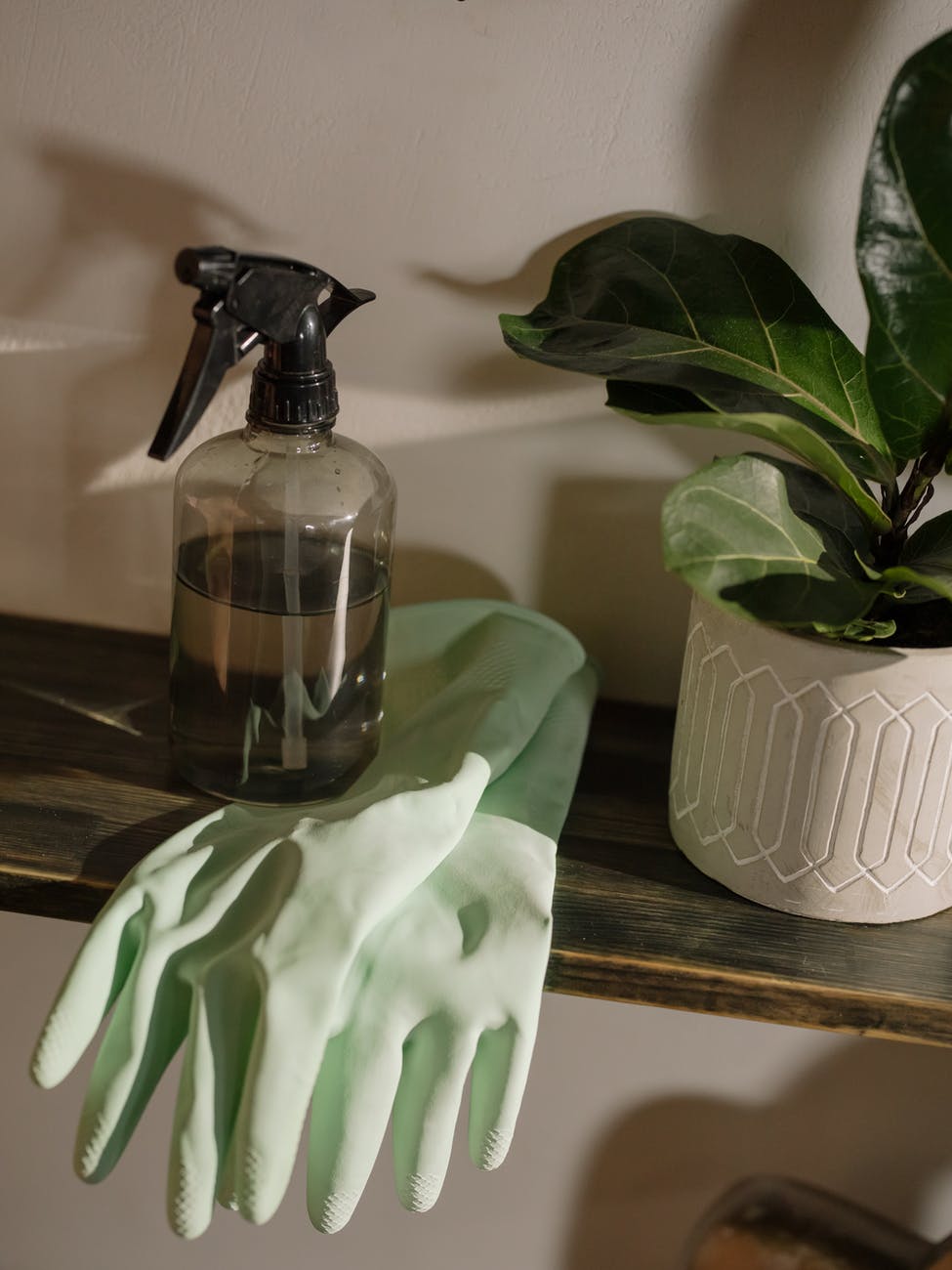
Another affordable option would be to simply mist your plants if they are a plant that is able to handle the mist. most are just check in case.
You generally will want to avoid water pooling into leaves which could promote mold, another area where to avoid would be near the stem if the water can collect in there.
Combining a humidity tray, with some misting could help tremendously with your humidity issues.
Bathroom
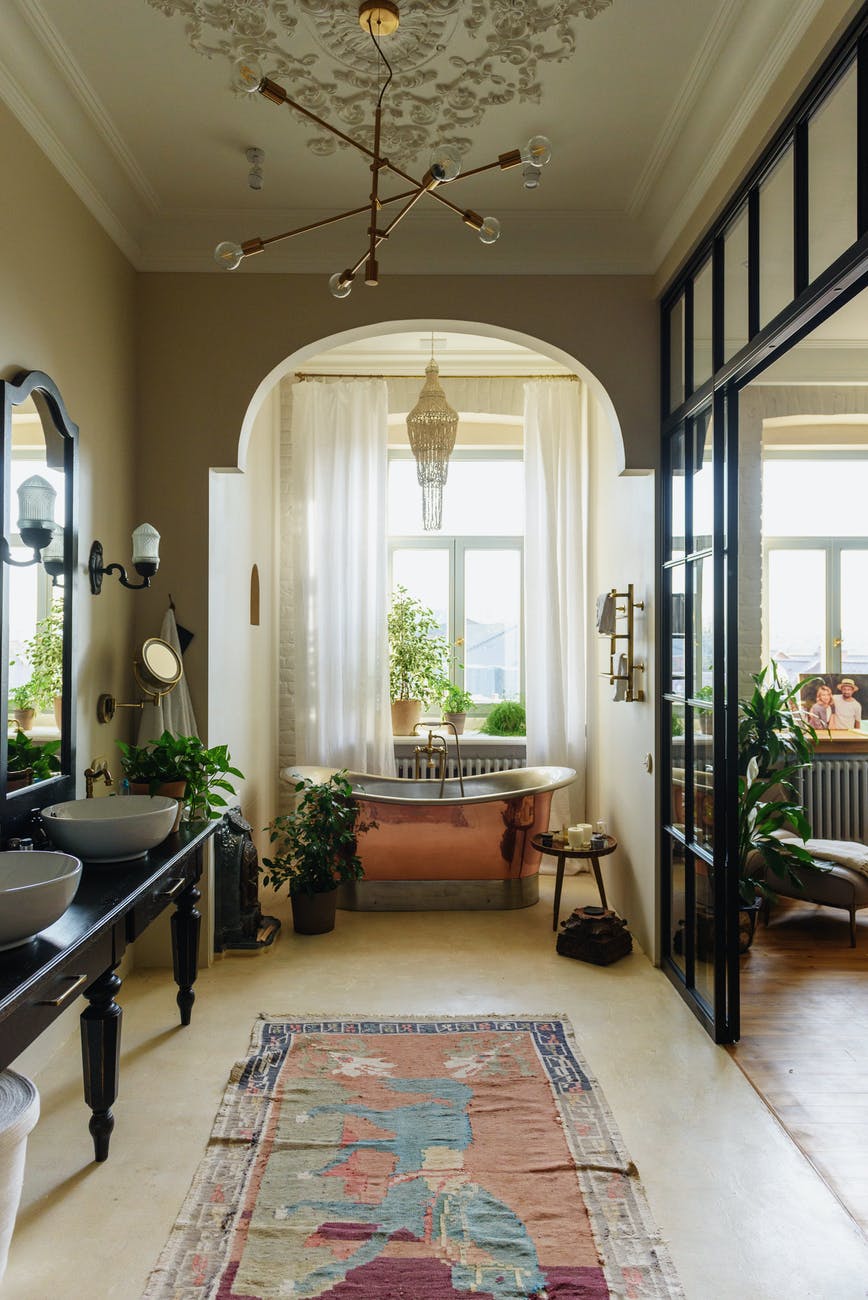
Humidifier
There are other ways that you can increase the humidity for your plants and not really have to do anything but move them.
This would be bringing them to your bathroom. A lot of the time this can be a quick easy no cost solution to the humidity issues you may be facing.
In a lot of areas during the winter, most parts of peoples houses tend to lose humidity either due to fires, or heaters that kill the humidity. So if the weather is getting colder and you are noticing your plants suffering from the symptoms above. Try moving it into the bathroom. Also, orchids tend to thrive in bathrooms from my own experience.
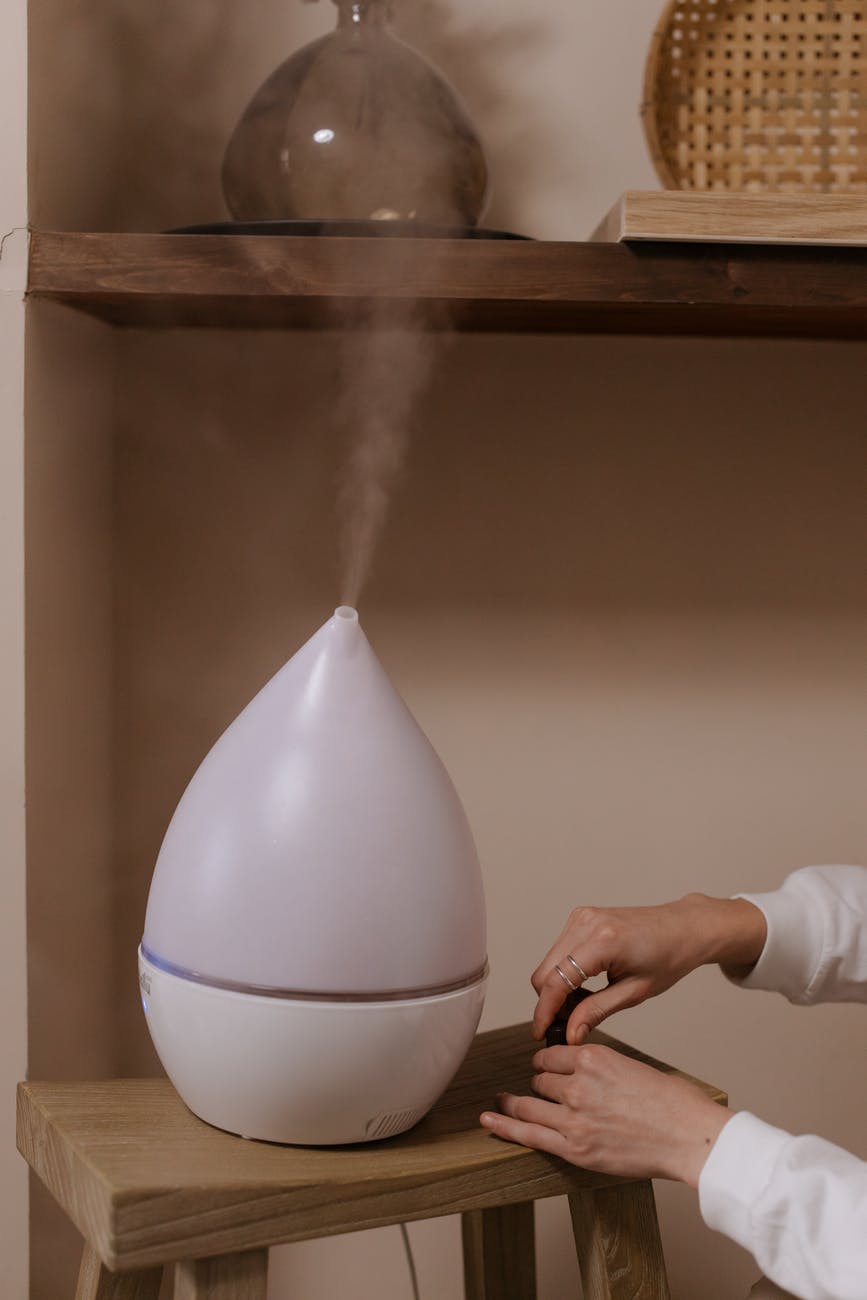
When worse comes to worse in the humidity problems of plants. Maybe you just have too many plants to do the above suggested things for.
This is when I would suggest a humidifier. A lot of humidifiers can read the rooms humidity levels. They are generally automatic.
You can usually find some good humidifiers online that won’t break the bank either. So if you just want to relax and not have to put misting your plants on the list of things you already have to do, this is what I would suggest.
Humidifiers can also be good for stopping the stuffy nose, or cracked lips in the winter which is just an extra added bonus.
One last note about the humidifiers. You will want to do maintenance sometimes in order to check for mold. Because it holds water inside of it, you could get some mold growth, which is easy to take care of if it does happen.
